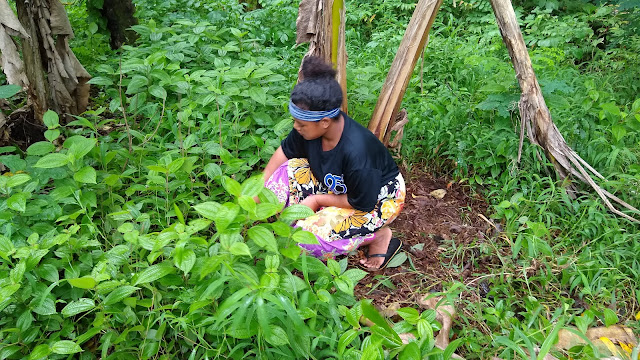Monilophyte and lycophyte hike

As I have the past couple of terms, I used an eastern start to to the hike. Mosses with sporophytic structures and Davallia pectinata are intermingled there. Of note is that the following two images are from the same combination seen at South Park. Find a tree with sporophytic moss and you will also likely find Davallia pectinata perhaps. Start was perhaps a couple minutes late as I handled some academic support for Schoology. The Davallia pectinata at South Park included fertile fronds. I noted that the fertile fronds produced spores as part of the reproductive cycle of ferns and that group seven would be describing this cycle to the class on Thursday. Throughout the walk I related plants to the group that would be responsible for covering that plant. The assignment of presentation groups ahead of the walk makes this possible. Davallia solida on a tree east of A101 Microsorum scolopendria, fertile frond. Frond shape is lobed. Davallia pectinata and Lemmaphy...




